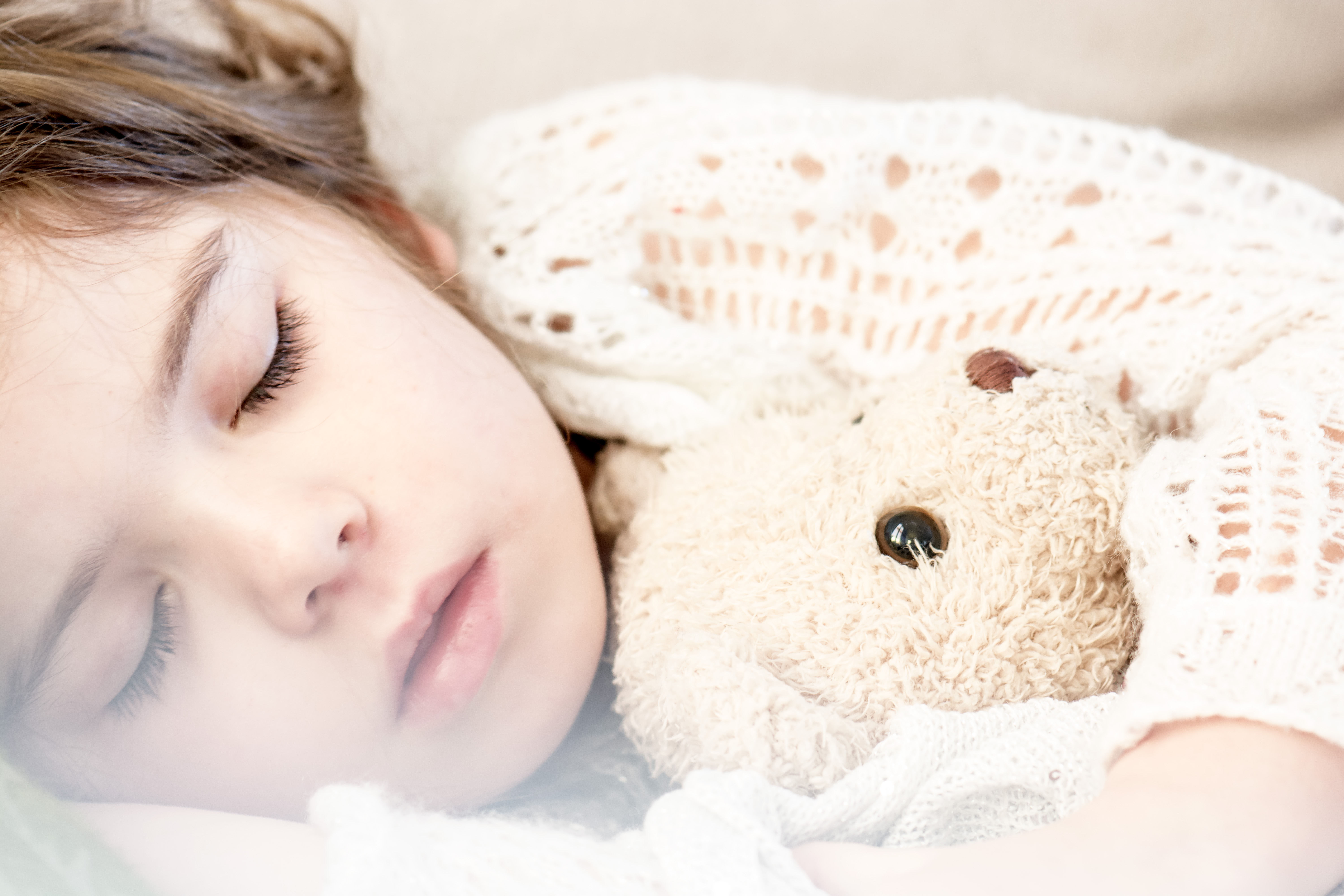Don’t be scared: Know the difference between a nightmare and a night terror
What’s the difference between a nightmare and a night terror? If you, as a parent, are awakened by your child’s screams in the night, either one can be a jarring experience. But according to Dr. Kevin Kaplan, an assistant professor of pediatric pulmonary and sleep medicine at Baylor College of Medicine, there is a difference between the two and each may require a different parental response.
“Night terrors and nightmares are two distinct entities and that is because they occur in two completely different stages of sleep,” Kaplan said.
Night terrors are a type of parasomnia behavior that occurs during deep sleep, like sleep walking and sleep talking. They usually occur in the first couple of hours after a child goes to sleep, while nightmares occur later in the night during rapid eye movement (REM) sleep.

During a night terror, a child can sit up, be combative and can even open his or her eyes all while actually being completely asleep. Children are usually inconsolable and appear terrified. They can also have changes such as a rapid heartbeat, quick breathing, and even sweating.
“Although it can be scary for parents to witness their child having a night terror, the events are typically benign. Normally the child won’t remember the event and so it is typically more traumatic for the parent than the child,” Kaplan said. “When it happens, one of the best ways to help is to try to console the child and get them to lay back down. However, you should not try to wake the child up because this could actually make the event worse.”
On the other hand, children will usually be able to wake up out of a nightmare and be consolable. “Nightmares can be related to frightening content such as a scary movie or traumatic event.”
Even though parasomnias are very common, kids tend to outgrow them by the teenage years, and peak incidences are probably around eight years of age (ranging from 2-12 years), Kaplan explained.
Kaplan offers several ways parents can help their child limit night terrors:
- Focus on improving sleep hygiene, in particular avoiding sleep deprivation. Shorter than normal sleep time can provoke these episodes and make them more frequent. Parents should maintain regular bedtime and pre-bedtime routines and ensure that their children get the recommended amount of sleep per night.
- Create a safe environment by cleaning up and removing anything potentially harmful from their sleeping area such as loose rugs or items that could make them fall.
- Medications are not typically used to treat parasomnias unless someone is at risk of hurting themselves or somebody else, but if movement during a night terror causes an injury, this might be a case where medication could be used to try to prevent the night terrors.
- If night terrors occur every night, roughly around the same time, parents can wake up the child between 15 and 30 minutes before the episode traditionally occurs. This can help break the cycle and prevent it from happening.
– By Julia Bernstein




Great post and great blog. Thak you